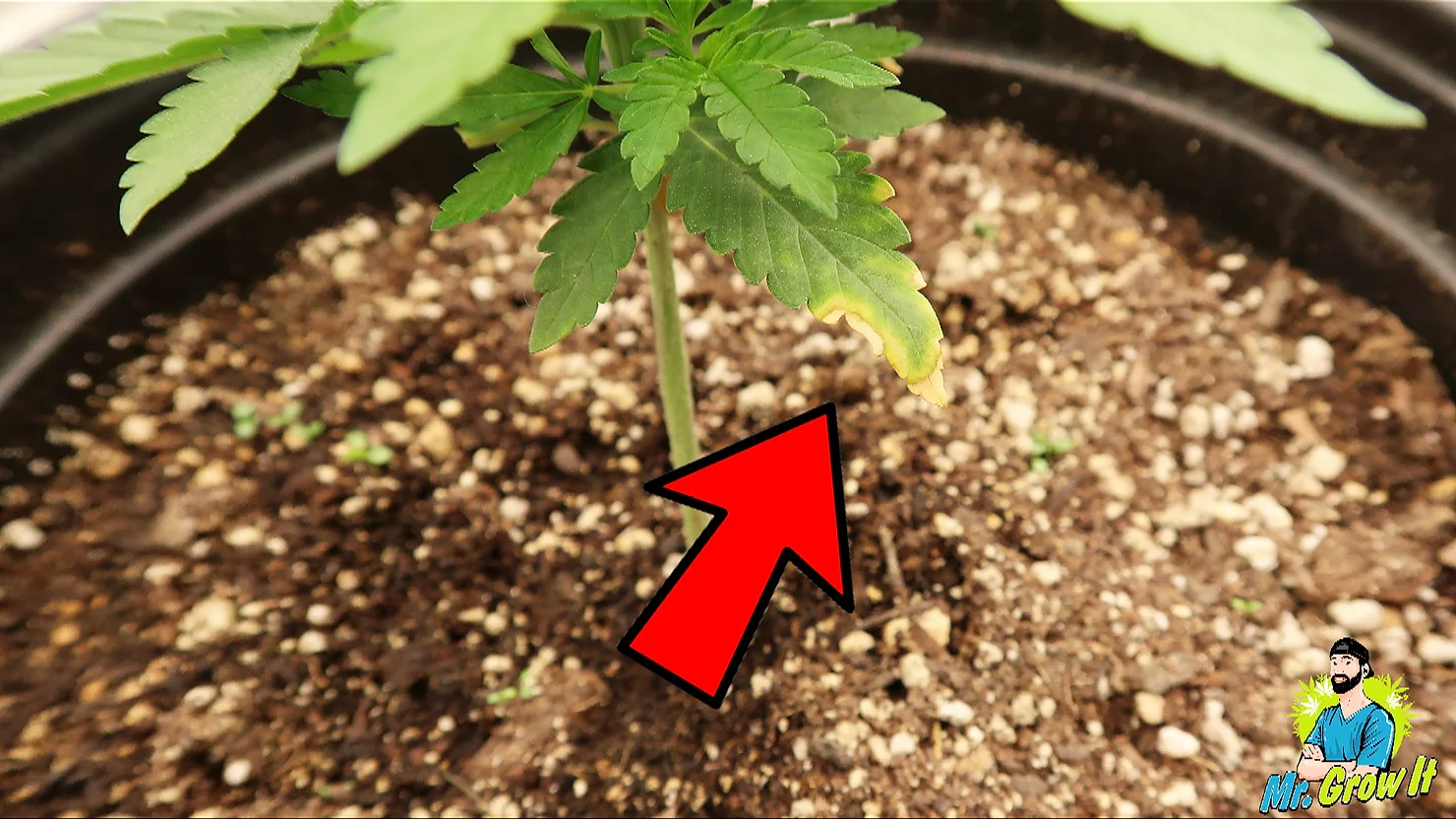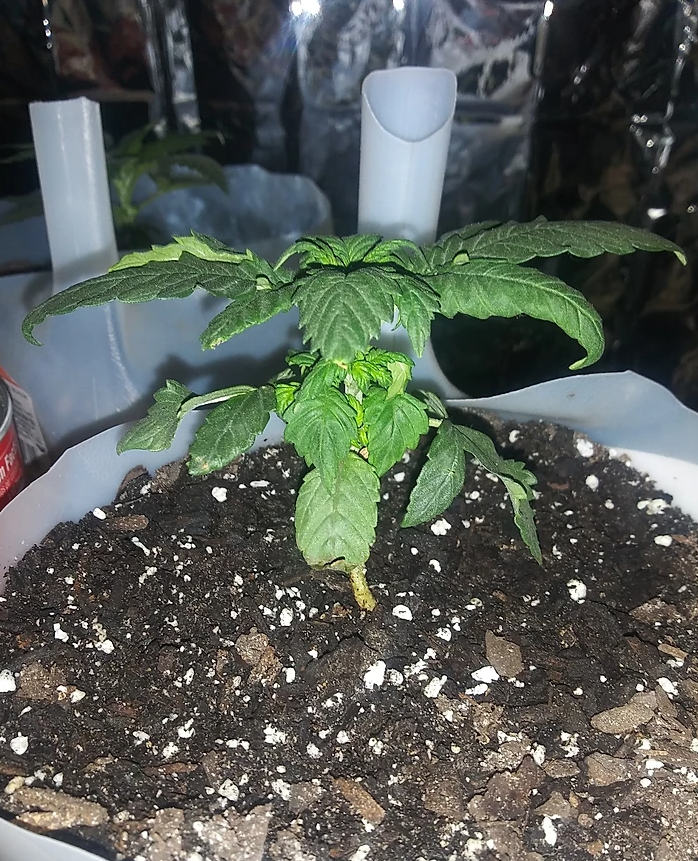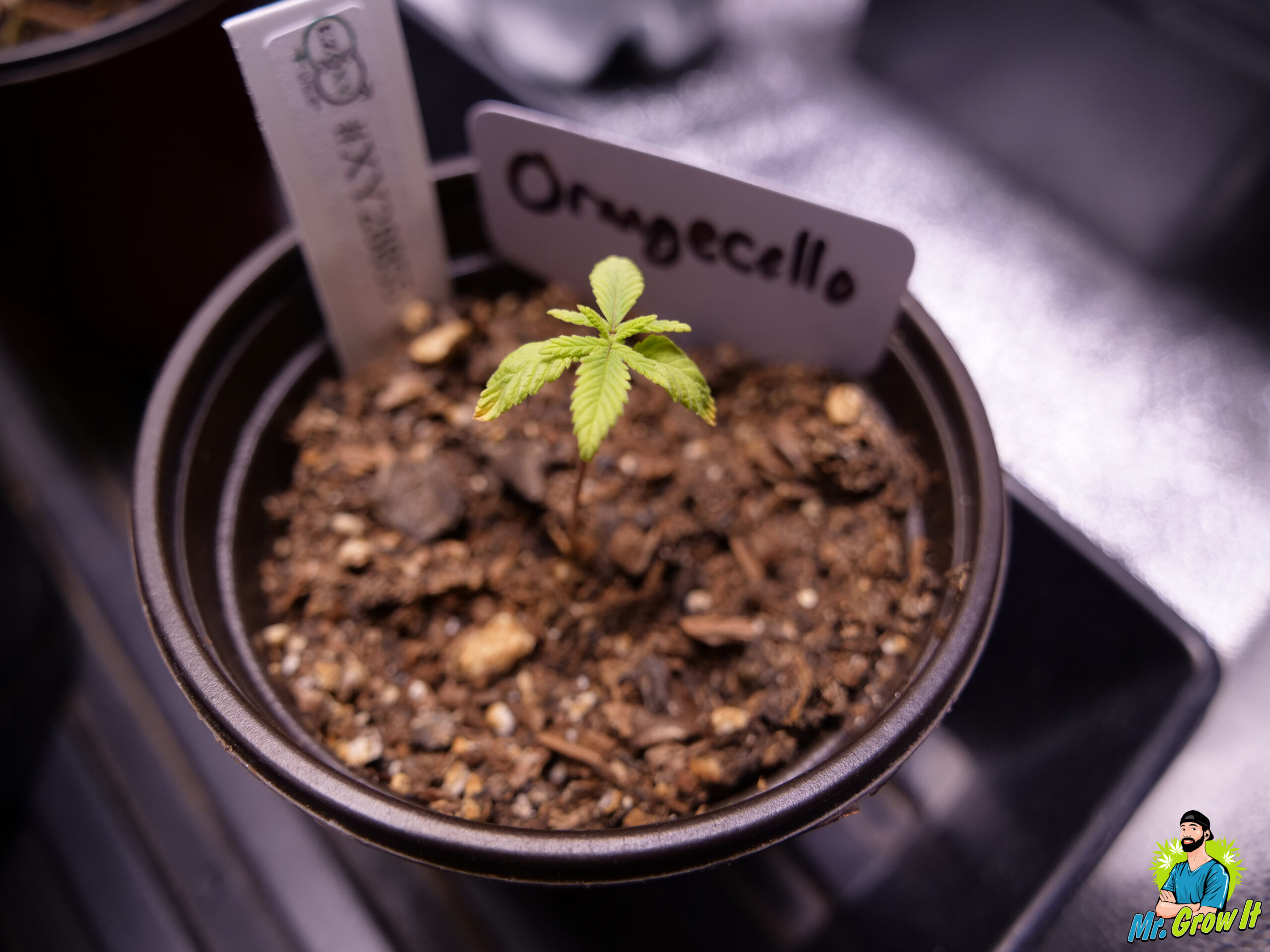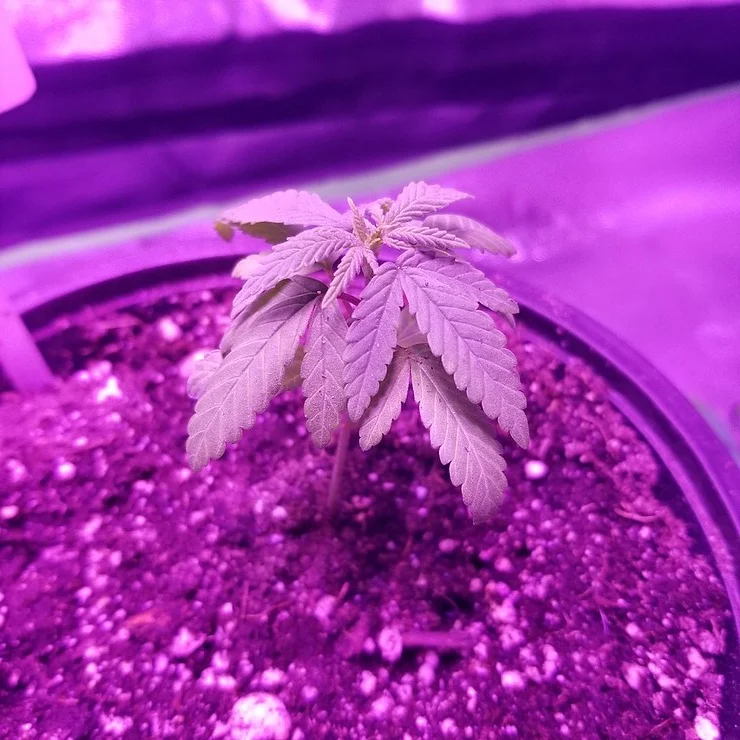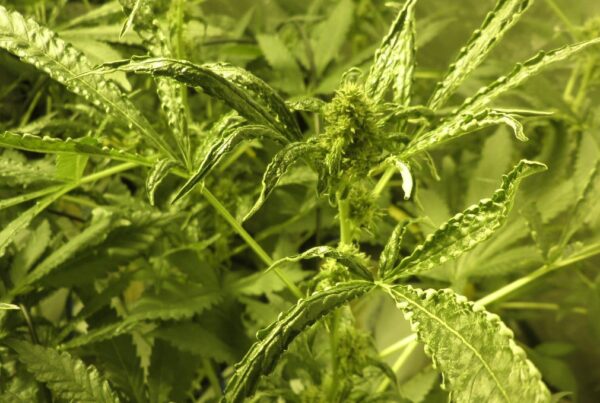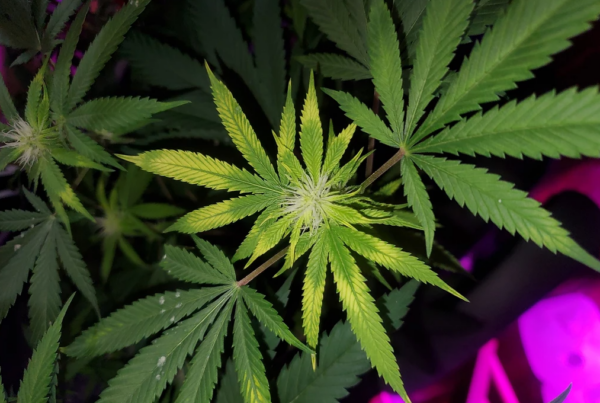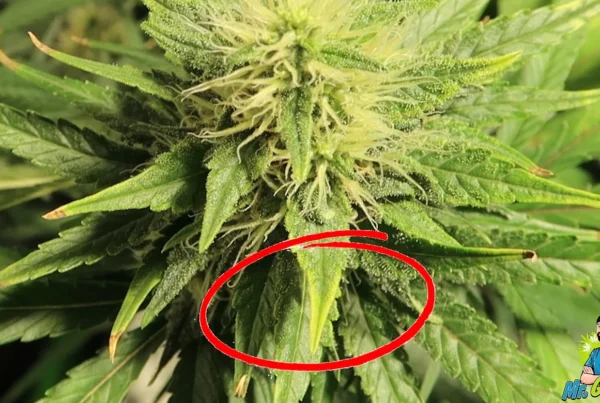New cultivators are more likely to over-water or under-water their cannabis plants. Over-watering a cannabis plant can potentially damage the plant. If you are a new grower and want your plant to thrive, you need to supply it with adequate water and identify the signs of over-watering swiftly if they show up. If you discover that your cannabis plant has signs of over-watering, you can save it by adopting a few measures that are guaranteed to work. This article will not only provide you a list of symptoms to watch out for but will also help you save your cannabis plant in case it is affected by over-watering.
Symptoms of Over-Watering Cannabis Plants
The best way to determine if your cannabis plant is overwatered is by monitoring it. It is crucial to take the time to inspect the plant. The overall appearance of the plant is the biggest pointer of the issue. Below are the few signs to watch out for:
Drooping Leaves
Observe the leaves of the plant. If they look droopy at normal temperatures, it can signify that your plant is overwatered. Unlike underwatered plants, leaves of the overwatered plant will curl under but stay firm and plump. In short, the leaves will not look wilted or thin, just droopy because of the water weight.
Slow Growth
Overwatering may halt the growth of your cannabis plant. Overwatering deprives the roots of oxygen that they need to absorb essential nutrients available to the plant. Failure to uptake proper nutrients and metabolize them results in stunted plant growth.
Chlorosis
The inability to take up proper nutrients does not only affect the plant’s growth; it also causes yellowing of leaves. If you observe that the leaves of your plant are getting yellow, there is a high chance that your plant is not getting proper nutrients because of overwatering. Yellow leaves are symptoms of numerous health problems like nutrient deficiencies but yellow leaves that are drooping from the stem certainly indicate overwatering.
Causes of Over-Watering Cannabis Plants
It may puzzle you that your cannabis plant can possibly die from over-watering when some cultivators grow the plants directly in water (hydroponics). Although, it is not the amount of water, but the lack of proper oxygen that causes the damage. Plants need proper aeration in the growing medium for optimum absorption of nutrients. Stagnant water cuts off this oxygen supply and consequently weakens the plant. Plants are over-watered when:
- Overpotting: A small seedling potted in a big container may not be able to absorb all the water that is being provided. Hence, the water retains in the medium and does not dry out. The small plant ends up sitting in stagnant water.
- Big Plant in a Small Pot: If a big plant is potted in a small pot, it can show symptoms of over-watering. In a small pot, the plant quickly drinks up water causing the grower to water it repeatedly which can lead to overwatering.
- Poor Drainage: Even if the size of the pot or the container is adequate, poor or no drainage results in the roots struggling for oxygen. This is the reason that proper drainage holes are a crucial aspect.
How to Revive Over-Watered Cannabis Plants
Once you have determined the reason for your cannabis plant being over-watered, it is easier to rescue your plant and put it back on track to a healthy life.
Check the Growing Medium
Not having a proper growing medium can result in water retention. For instance, clay-based soil absorbs a lot of water. It is suggested to do the required research before choosing the growing medium for your plants. High drainage with mixed Perlite will help avoid the issue altogether. Perlite stimulates drainage and increases oxygen supply.
If you are growing a plant in a hydroponic setup then it is important to ensure that there is enough oxygen dissolved in water. Using a good-quality air pump will sort out the over-watering problem. Check your plant for root rot which keeps the plant from using oxygen – even if it is available.
Check the Grow Pots
The size of the container is also a determinant of your plant’s health. It is recommended to start the plant in a smaller container. Use pots with sufficient drainage holes or try fabric pots or air pots. If you think that there are not enough holes for water to run off, drill more holes in the pot. If you have any drainage trays, make sure you soak up any stagnant water from them and keep them dry.
Water Less Frequently
Seedlings may need to be watered frequently with less volume and bigger plants may need to be watered less frequently with higher volume. Try making a watering schedule to keep your plant from being susceptible to over-watering. Plants may need more water in summer than in winter, feed adequately. To be vigilant, you can buy a moisture meter to monitor your plant’s moisture levels.
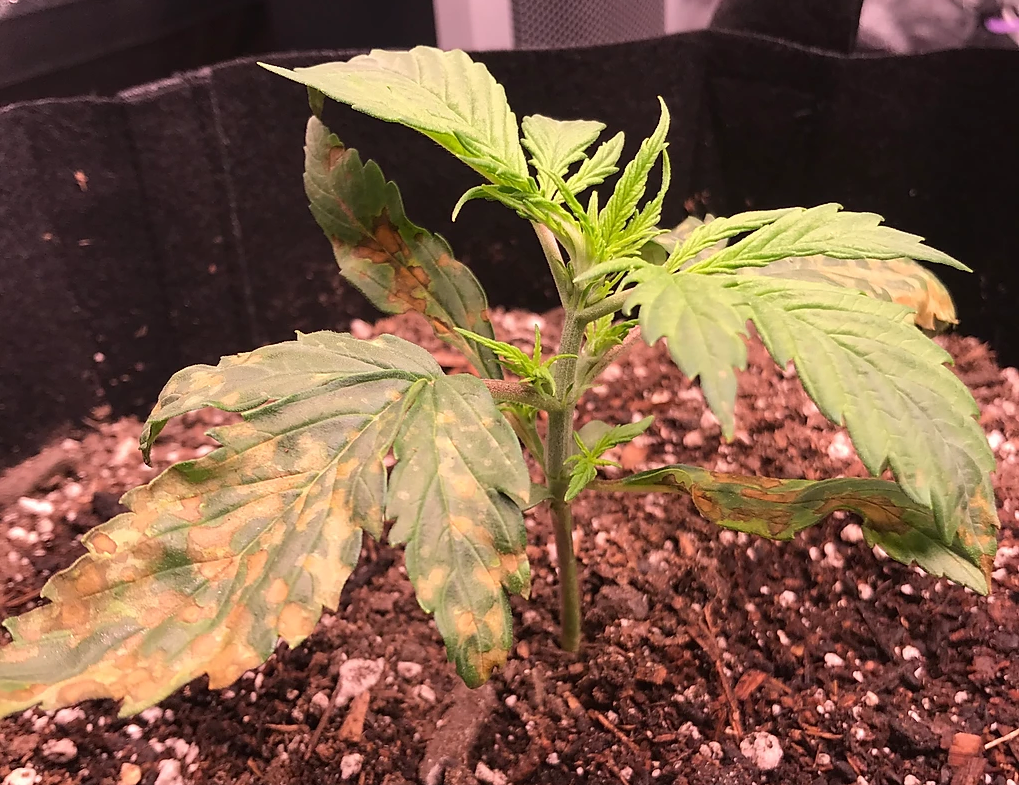
How To Water Cannabis Plants
There is a two-step process that will enable you to feed your plant with adequate water; not more, not less.
Step 1: Do not pour all of the water in the pot at once. Pour a little and then stick your finger in the growing medium (about an inch deep) to check if the top layer is dry or saturated.
Step 2: If the top layer is dry, add more water until water starts draining off. Once at least 20% water is drained, repeat step 1.
Additional Tips: If the top layer of your plant’s growing medium takes more than 3 days to dry out, it is a cue that you need to water the plant less frequently or check the drainage system.
Although, these tips will help you water your cannabis plant properly to ensure that it thrives and stays healthy, just feeding more water is not the only cause of your plant being over-watered.
It is easier for novice growers to make a few watering mistakes in the beginning. The key is to monitor your plant’s growth and observe the plant for any change in appearance. The included watering tips will help you save your over-watered plants and avoid the problem in the future.
Sources:
- https://cannabistraininguniversity.com/overwatered-marijuana-plants-how-to-spot-and-avoid-overwatering-cannabis-plants/
- https://www.sensigarden.com/over-watering-marijuana/
- https://www.growweedeasy.com/cannabis-plant-problems/overwatering
- https://www.wikileaf.com/thestash/common-signs-of-overwatering-cannabis-plants/
- https://www.liwts.org/grow/diagnosing-dealing-overwatered-marijuana-plants/
![]()

